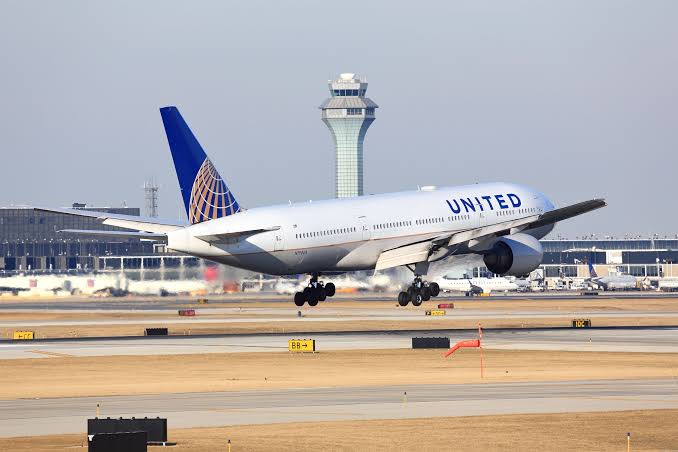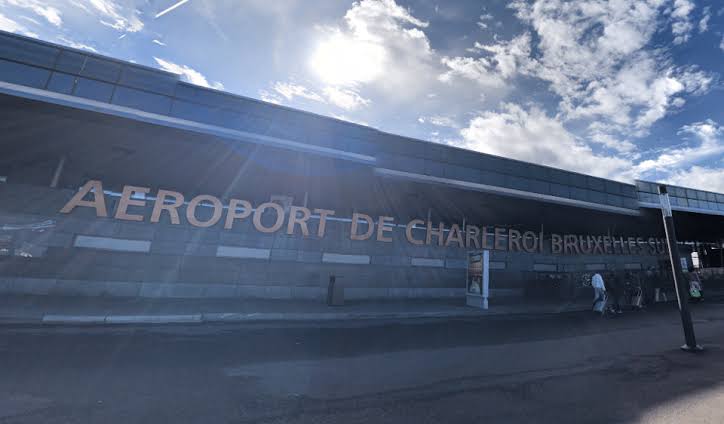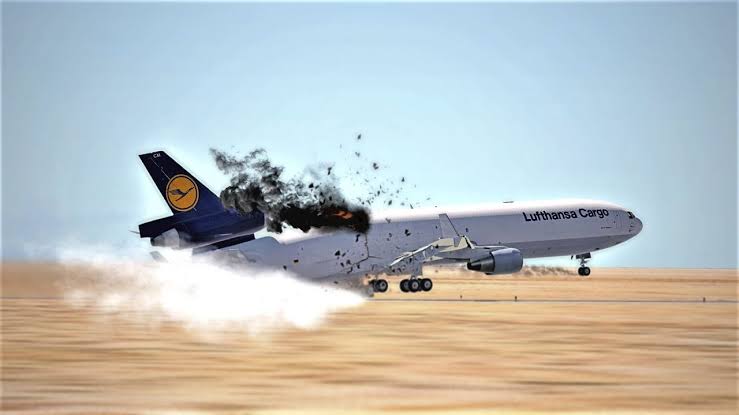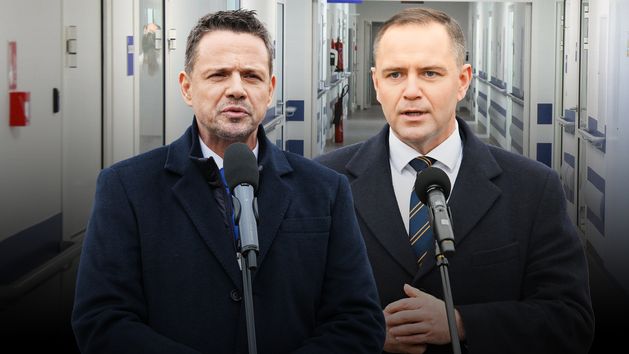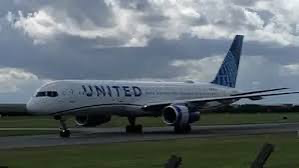Virtual Goldmine”: Why United Airlines Should Fly To Saudi Arabia
As global air travel surges in the post-pandemic era and international ties deepen across sectors, Saudi Arabia is quickly emerging as a high-yield destination for commercial aviation. For United Airlines—a key player in the U.S. aviation market that already commands an impressive global network—the decision to launch direct flights to the Kingdom could unlock an untapped goldmine. With a mixture of economic opportunity, tourism potential, geopolitical relevance, and growing demand, Saudi Arabia stands as a strategic frontier United Airlines cannot afford to overlook.
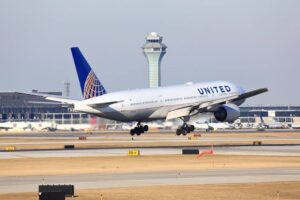
This article explores why entering the Saudi market is not just an attractive opportunity for United Airlines—but a potentially transformative one.
1. A Booming Market at the Crossroads of the World
Saudi Arabia is uniquely positioned at the crossroads of Europe, Asia, and Africa—a geographic advantage that makes it an ideal hub for international travel. With major economic centers like Riyadh, Jeddah, and Dammam serving as key gateways, the Kingdom has invested billions into transforming itself into a global tourism and business destination. The flagship initiative behind this transformation is Vision 2030, Saudi Arabia’s long-term development blueprint aimed at diversifying the economy and reducing dependence on oil.
As part of Vision 2030, the Kingdom plans to invest over $100 billion into tourism and aviation infrastructure, including the launch of a new airline (Riyadh Air), expansion of airport capacities, and the construction of mega-tourism projects such as NEOM, the Red Sea Project, and AlUla. These initiatives are forecast to generate millions of new inbound and outbound travelers annually.
For United Airlines, being part of this transformation early offers strategic advantage and first-mover benefits, especially before the market becomes saturated with competitors.
2. Unserved and Underserved Routes: The Gap United Can Fill
As of 2025, no U.S. carrier currently operates direct flights between Saudi Arabia and the United States. While Saudi Arabian Airlines (Saudia) flies to cities like New York and Los Angeles, the route remains underserved by major U.S. airlines. This vacuum presents a golden opportunity for United to capture pent-up demand.
Business travelers, students, pilgrims, and tourists currently rely on connections through Europe or the Middle East to travel between the U.S. and Saudi Arabia. Adding direct flights would not only improve convenience but also allow United to differentiate itself with a superior customer experience on these long-haul routes.
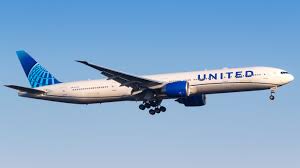
Potential direct routes include:
New York (JFK or EWR) to Riyadh (RUH) or Jeddah (JED)
Washington D.C. (IAD) to Riyadh (RUH)
Chicago (ORD) to Jeddah (JED)
Houston (IAH) to Dammam (DMM), leveraging the energy sector connection
These routes could easily be justified through a mixture of business demand, cultural exchange, and religious tourism.
3. Religious Tourism: A Reliable Revenue Stream
Saudi Arabia is home to Mecca and Medina, Islam’s two holiest cities, and hosts over 2 million pilgrims annually during Hajj alone. In addition, millions more visit for Umrah, which can now be performed year-round thanks to recent visa reforms.
With the U.S. having a Muslim population of over 3.5 million, including large communities in cities like New York, Chicago, and Houston, there is a significant market for religious tourism. Many Muslims in the U.S. currently fly to Saudi Arabia using Middle Eastern carriers such as Emirates, Qatar Airways, or Turkish Airlines. United Airlines can reclaim some of that traffic by offering direct services that cater specifically to the needs of pilgrims.
Religious tourism is not seasonal either. While Hajj occurs once a year, Umrah continues throughout the year, offering United a stable and predictable revenue stream.
4. Corporate Travel and Business Ties: The Growing U.S.-Saudi Axis
The U.S. and Saudi Arabia share strong economic and strategic partnerships across defense, energy, infrastructure, and technology. American companies such as Chevron, ExxonMobil, Honeywell, and Lockheed Martin have a long-standing presence in the Kingdom. In recent years, the partnership has expanded to include collaboration in renewable energy, artificial intelligence, entertainment, and real estate.
U.S.-based consulting firms like McKinsey & Company, BCG, and Deloitte are deeply involved in Vision 2030 projects, often requiring personnel to travel frequently between Saudi Arabia and U.S. headquarters. The financial sector, too, is expanding operations in the Kingdom, with Goldman Sachs, JP Morgan, and Morgan Stanley actively investing in Saudi markets.
A direct connection between business hubs like New York or Washington D.C. and Riyadh would significantly streamline travel for executives and consultants. United Airlines could position itself as the carrier of choice for these high-yield, premium passengers.
5. Tourism Potential and the Rise of “New Saudi”
Saudi Arabia’s shift toward tourism is perhaps one of the most radical elements of Vision 2030. From opening up to international visitors in 2019 to organizing large-scale events like the Riyadh Season, Formula E races, and concerts featuring global stars, the Kingdom is actively reinventing its global image.
United Airlines, with its robust network and extensive marketing reach, could play a key role in reshaping international perceptions of Saudi Arabia. Packages combining direct flights with tourist experiences—exploring AlUla’s desert landscapes, snorkeling in the Red Sea, or visiting the futuristic city of NEOM—could open up a whole new genre of Middle Eastern tourism for American travelers.
By investing early in this new narrative, United not only taps into a new customer base but also aligns itself with one of the world’s most ambitious national rebranding efforts.
6. Cargo and Freight Opportunities
In addition to passenger traffic, there is massive potential in cargo and logistics. Saudi Arabia is a leading global exporter of petrochemicals, plastics, and construction materials—and increasingly, electronics and consumer goods. The U.S., in turn, exports automotive parts, industrial machinery, pharmaceuticals, and aerospace components to the Kingdom.
United Airlines Cargo could benefit significantly from establishing routes that facilitate this trade. The rise of e-commerce and the integration of supply chains between the two nations further amplifies this opportunity.
A direct air freight route could be particularly valuable to industries needing rapid delivery timelines, such as the pharmaceutical and tech sectors. Moreover, Saudi Arabia’s aspiration to become a global logistics hub strengthens the rationale for building early freight connections.
7. Geopolitical and Strategic Considerations
Amid shifting alliances and emerging power centers, strategic aviation routes often reflect broader geopolitical ties. As the U.S. continues to navigate its relationship with the Middle East, aviation can be a powerful tool for diplomacy and soft power.
By establishing direct service to Saudi Arabia, United Airlines would be doing more than flying people; it would be reinforcing the enduring relationship between the two nations. It could also serve as a commercial signal of stability and trust at a time when regional dynamics are increasingly complex.
Such a move might even attract governmental incentives or strategic partnerships, particularly in the areas of bilateral business councils, trade delegations, and tourism initiatives.
8. Competitive Edge Over U.S. Rivals
United’s major competitors—Delta and American Airlines—have not yet seized the opportunity to enter the Saudi market directly. By launching Saudi routes first, United would gain a first-mover advantage in:
Brand recognition
Frequent flyer loyalty
Strategic codeshare agreements with local or regional carriers
Potential exclusivity in airport slots or terminal partnerships
Furthermore, this move would allow United to compete more effectively with Gulf carriers such as Emirates, Qatar Airways, and Etihad, all of whom currently dominate the U.S.–Saudi corridor with connecting services. A direct flight by a U.S. carrier would be a significant differentiator for travelers valuing American standards, loyalty program benefits, and more convenient departure cities.
9. Technology and Aircraft Readiness
United Airlines now possesses a modern fleet capable of efficiently operating ultra-long-haul flights. Aircraft like the Boeing 787 Dreamliner and Airbus A350 are optimized for fuel efficiency, passenger comfort, and range—making nonstop flights from the U.S. to Saudi Arabia more viable than ever before.
With features such as lie-flat business class seats, advanced cabin pressurization, and real-time connectivity, United can offer a premium experience that rivals or exceeds those of Gulf competitors.
In addition, United’s focus on digital innovation—such as personalized mobile apps, biometric check-ins, and contactless boarding—aligns with the expectations of high-value international travelers.
10. A Matter of When, Not If
Given the confluence of factors—the untapped routes, rising demand, strategic significance, and competitive advantage—flying to Saudi Arabia is less a question of “if” and more a question of “when” for United Airlines. Delaying could mean forfeiting the lion’s share of a growing market to competitors, both domestic and international.
By making the move now, United would not only gain the opportunity to shape the market but also capture long-term value through route maturity, loyalty acquisition, and brand trust.
Final Thoughts
In today’s globalized aviation industry, the winners are those who anticipate demand, act decisively, and invest with vision. Saudi Arabia, with its bold economic reforms and rising global profile, represents a strategic frontier that is too lucrative to ignore.
For United Airlines, the Kingdom offers a virtual goldmine: untapped routes, high-yield passenger segments, a booming tourism sector, expanding cargo opportunities, and a growing base of American travelers seeking direct connections.
